Scientists Find Explosion Brighter Than The Milky Way
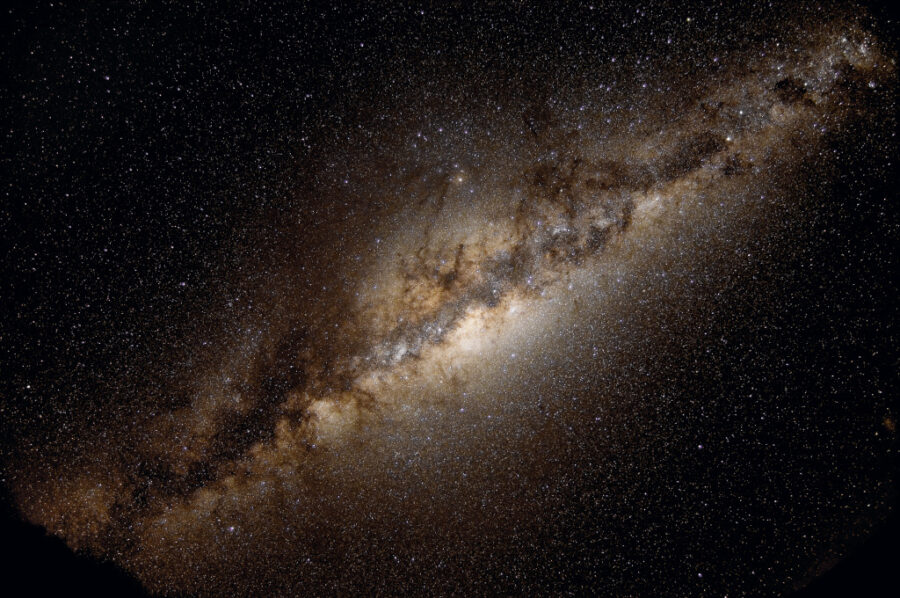
When neutron stars collide, they produce an intense gamma-ray burst that emits bright waves of electromagnetic radiation known as a kilonova. In a paper published in Nature, researchers assert that a recent gamma-ray burst (with the easy-to-memorize name GRB 230307A) yielded an explosion that’s a million times brighter than the entire Milky Way Galaxy after observing the event with the James Webb Space Telescope.
But what’s most fascinating about this event isn’t necessarily its brightness, but rather the dense materials that were created in its aftermath.
Colliding Neutron Stars Create High-Density Elements
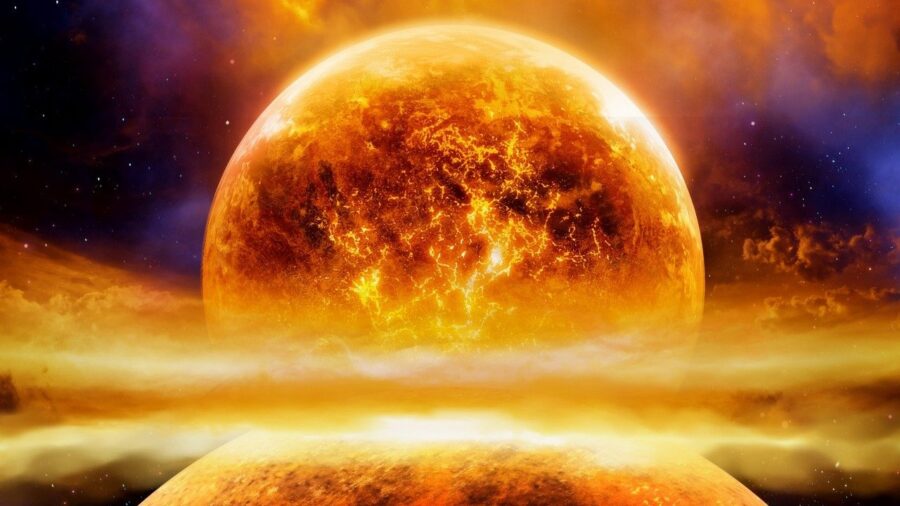
If you’re familiar with the periodic table, then you know all too well that although we’re aware of the elements presented on the chart, we’re still not sure of how many are created. After observing GRB 230307A, researchers have reason to believe that when neutron stars collide, the resulting kilonovae are responsible for creating a number of high-density elements.
In other words, when you hear an optimistic online influencer suggest that we’re all made out of “star stuff,” there’s some truth behind the statement.
Neutron Stars Are Created When Stars Collapse Into Dense Objects
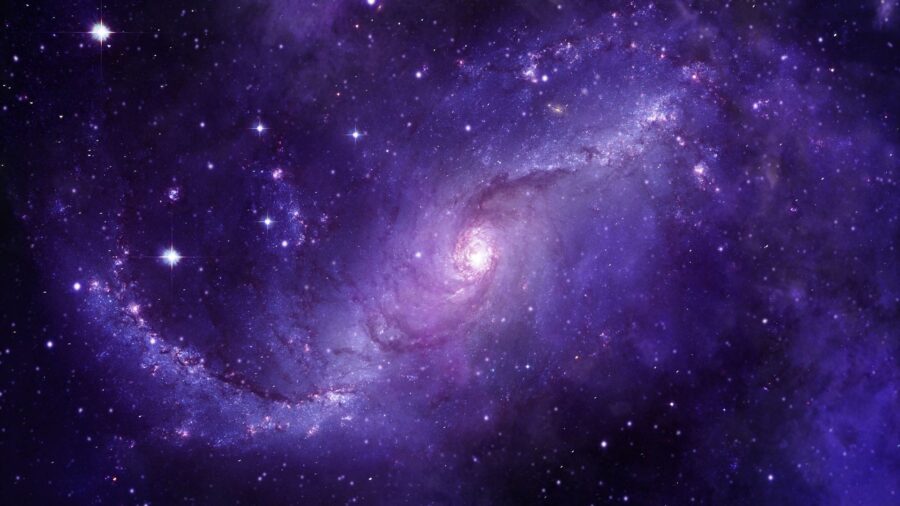
In order to understand what’s happening here, we need to break down exactly what a neutron star is. Neutron stars are the result of a massive star collapsing into a very dense object. For context, imagine a star the size of Earth’s sun, or several times larger being compressed into the size of a city. On a smaller scale, you could liken the density to a compressed cube of garbage that’s produced by a trash compactor.
The Recent Kilonova Explosion Lasted Longer Than Ever Recorded
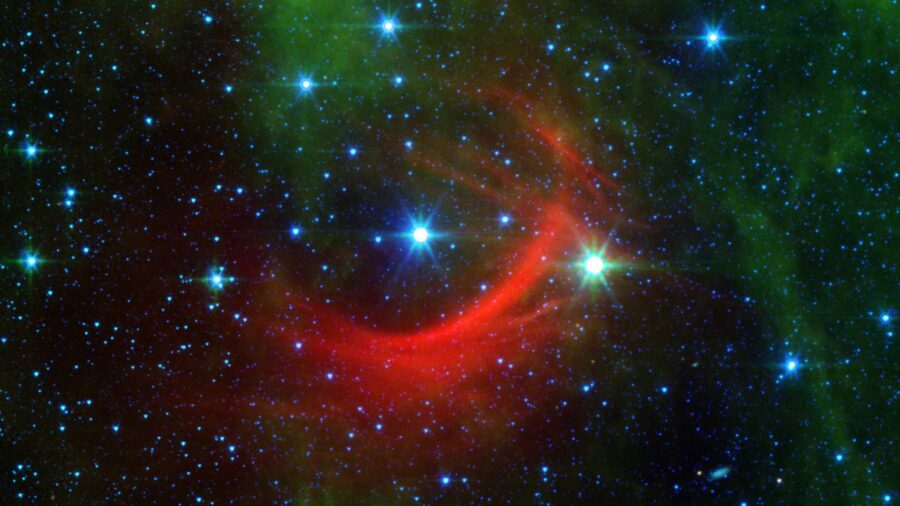
You can’t have a kilonova event without two neutron stars colliding, which creates an intense gamma-ray burst that puts on a spectacular light show. Though most kilonovae are short and sweet, normally lasting two seconds, this recent event lasted for 200 seconds, making its duration 100 times longer than what we’re used to observing.
Scientists theorize that this collision of incredibly dense neutron stars is responsible for the creation of heavy elements including, but not limited to: tellurium, iodine, and thorium.
At Least Half Of The Periodic Table Elements May Form From A Kilonova
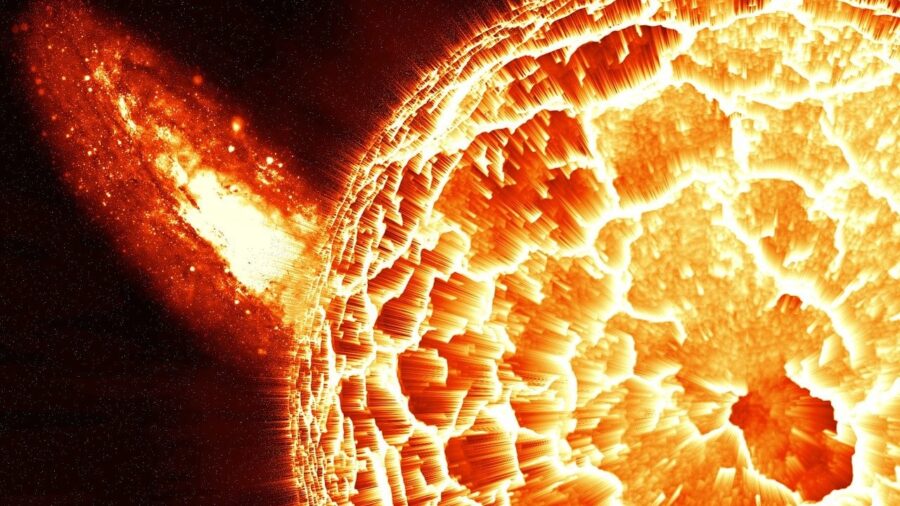
While lighter elements like iron are believed to be fused in the cores of stars, much heavier elements are potentially coming from a kilonova event. Following this logic, scientists speculate that around half of the elements on the periodic table are probably born through these events.
Kilanovae and their subsequent gamma-ray bursts are few and far between, so every time scientists have an opportunity to observe one, they’re right to be excited because they provide an alarming amount of insight into how materials of unknown origin are potentially created.
The James Webb Telescope Will Be Able To Capture More Kilonova Events
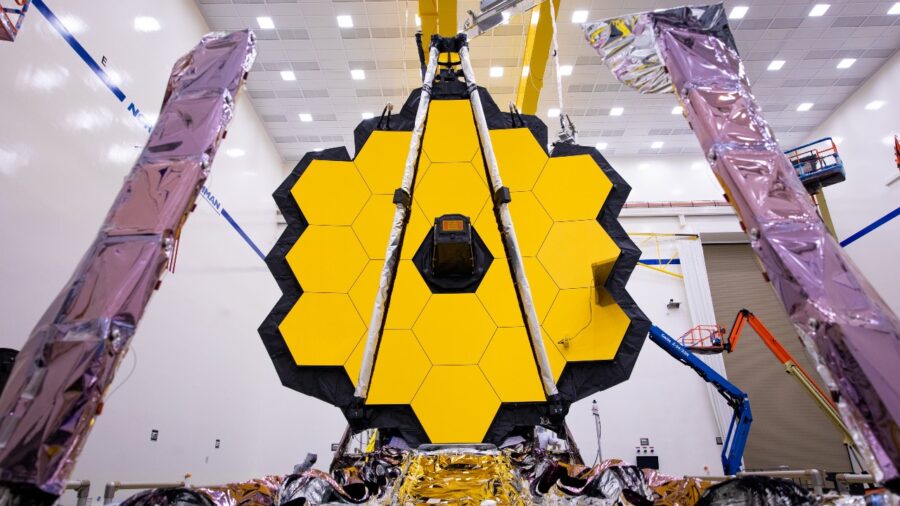
The event that we’re currently trying to wrap our heads around was a long time coming. The current research suggests that the two stars that collided were ejected 120,000 light years away from their home galaxy, and their merge was the result of spending billions of years on a trajectory that ultimately caused them to spiral close enough to each other to collide.
Since the James Webb Space Telescope launched on December 25, 2021, scientists have been able to pay closer attention to far-off places an observe the formation of early galaxies and stars. It’s only a matter of time before researchers observe more kilonovae and continue to work their theory that extremely heavy elements are produced by gamma-ray bursts.
As of this writing, the research is promising, and through continued observation, we’ll continue to uncover the mysteries of the universe in was that weren’t possible just a few years ago.











